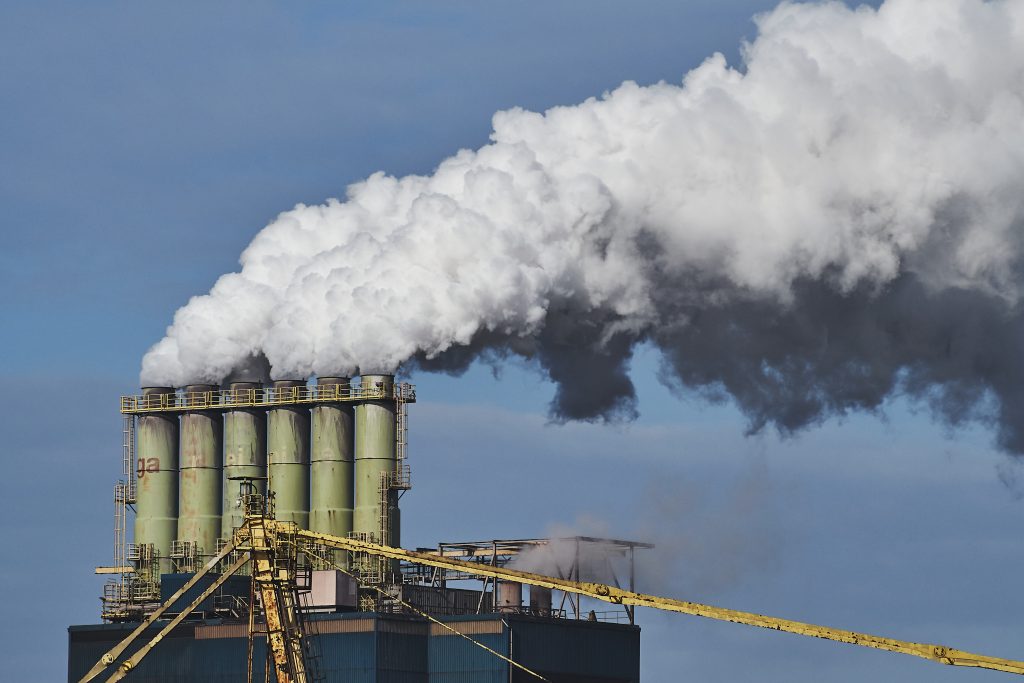How Can Atmospheric Pollutant Dispersion Modelling Help You Understand Air Quality?
- March 5, 2023
- Posted by: Velosi Author
- Categories: HSE, Insights

What is Atmospheric Pollutant Dispersion Modelling?
Atmospheric Pollutant Dispersion Modelling is used for investigating how pollutants are diffused in the atmosphere. Air pollution is a concerning matter worldwide as it involves the dispersion of harmful substances into the air. These dispersed pollutants pose negative impacts on the surrounding environment and human health. Through Atmospheric Pollutant Dispersion Modelling, we can identify and analyze the adverse impacts of pollutants on air quality. This methodology also assists us in understanding the pollutant dispersion rate and ensuring preventive measures to safeguard the health and environment of the surrounding.
Different Types of Atmospheric Pollutant Dispersion Models
The movement of air pollutants in the atmosphere can be foreseen using atmospheric pollutant dispersion models. These models assist in executing assessments for the health and environmental impacts of air pollution.
Different Types of Atmospheric Dispersion Models Include:
- Plume Dispersion Models
- Grid-based Models
- Puff Models
All these types have a different qualitative approach for testing the air quality through specific tools, depending upon the medium to be tested; these models shall be selected wisely.
Understanding Air Quality with Oil and Gas Industries
Oil and Gas industries involve several important processes that release toxic gases into the atmosphere putting surrounding personnel at risk. Prevention is only possible through testing the concentration of toxic gasses dispersed into the air. Therefore, we can test air quality through traditional ways or use an advanced computer program called atmospheric pollutant dispersion modelling. This program utilizes vast tools to track pollutants in the air and create maps showing air pollution rates in different areas. Experts can use this information to figure out the initial point of pollution and analyze its after-effects on the air quality. Moreover, the modelling technique can help us identify ways to reduce pollution and its impact on the environment.

Benefits of Using Atmospheric Pollutant Dispersion Modelling
- Provides a comprehensive understanding of the impact of air pollution on our environment.
- Assists us in visualizing present air quality to construct progressive decisions about managing air quality in the future.
- Presents adequate information about how pollutants travel through the air and how they might affect people’s health and the environment.
- Assists us to investigate possible sustainable solutions to improve air quality, reduce emissions, and ensure a healthy environment.
Please contact us for more information and assistance.


